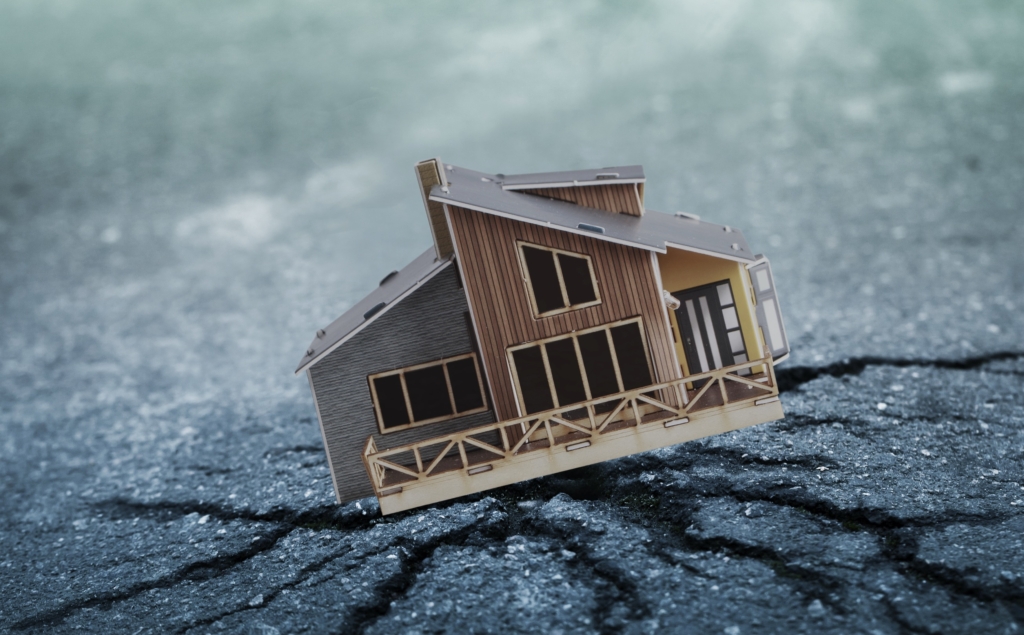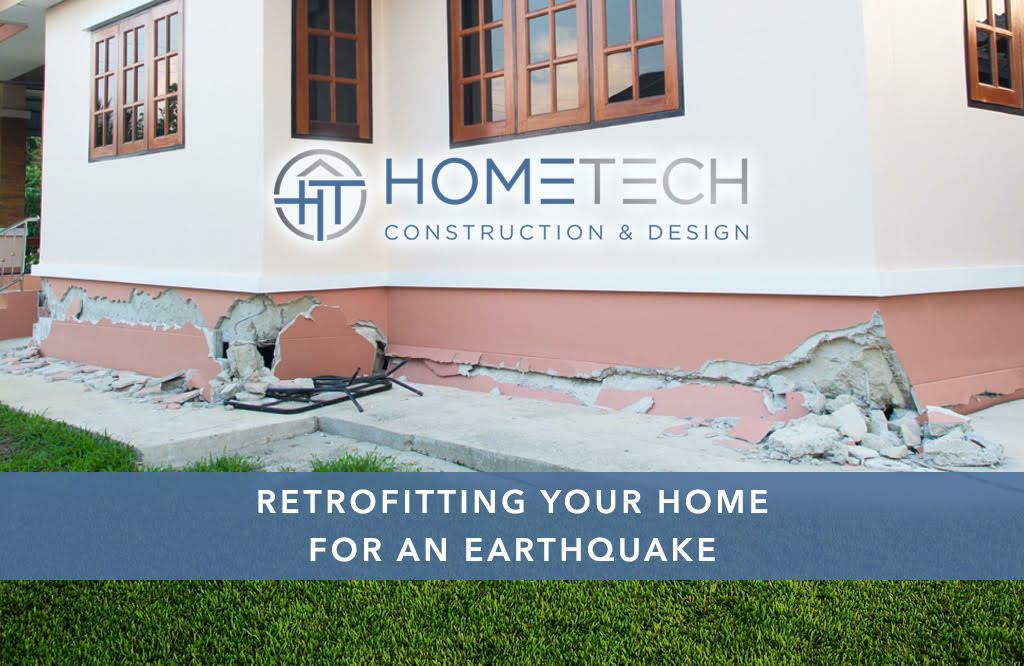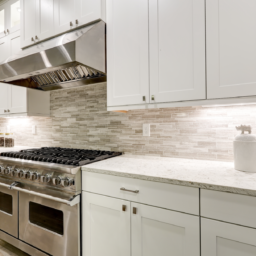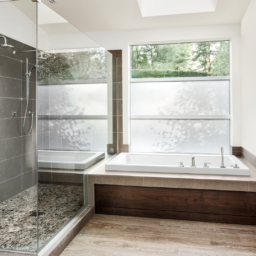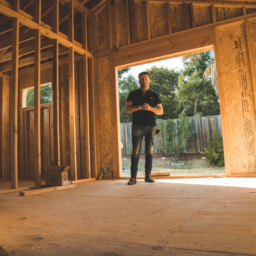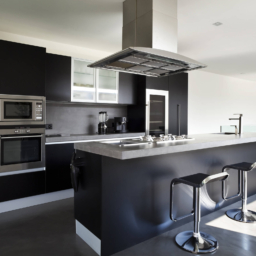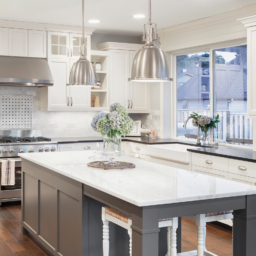Are you earthquake ready? Get a free home inspection from HomeTech!
If you are a California homeowner, chances are the recent earthquakes in Ridgecrest got you thinking about how prepared you are for a big shakeup. The 6.4 and 7.1 magnitude quakes were the strongest the area’s seen in 20 years. Structural damages were fortunately minimal, but many area residents are left feeling unnerved, and hopefully, considering retrofitting their homes to better prepare them for the next big temblor.
Enlisting a licensed contractor to retrofit your home to secure your home against earthquake damages is a sound investment. To help keep you prepared, HomeTech is offering free home inspections. Book a consultation or call us at 800-861-4732 to get the Bay Area’s best home renovation professionals out to take a look at your home, at no cost to you.
So, what is retrofitting? And do you really need it? We’re going to break it down for you in easy to understand terms.
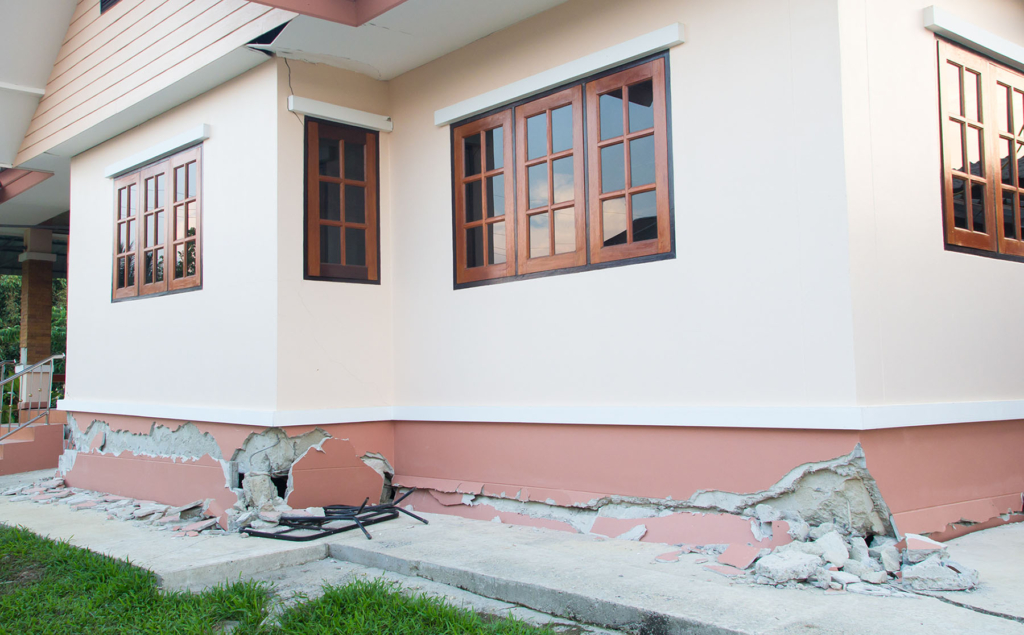
What is retrofitting?
Earthquake retrofitting is done to strengthen a structure and prevent displacing from its concrete foundation. This keeps your home safer and less likely to suffer damages from an earthquake. Older homes are typically a higher risk, because prior to 1950s, houses weren’t built to withstand the moving and shaking that comes with a big temblor. Retrofitting can’t keep an earthquake from happening, but it can greatly reduce the damages and injuries caused by this natural disaster.
Does my home need retrofitting?
That depends on a few factors. One, how old is your home? Construction techniques have vastly improved over the last several decades, and fortunately builders and engineers know a lot more about how to better safeguard against earthquake damages. Many homes built since 1990s feature earthquake-resistant features, but not all, which is why we recommend a home inspection.
Another consideration is the location of your home. If your home is on a hill or in an active seismic zone, you’ll definitely want to give some thought to retrofitting to prevent damages and injuries. Retrofitting keeps you and your family safe during an earthquake, and can also cut down on repair costs after.
As an added bonus, retrofitting your home may cause your insurance premiums to go down. Insurance companies love knowing your home has an added layer of protection against damages! Premiums in general have gone up in recent years, while benefits have actually decreased, making it quite risky to not retrofit your home.
My house survived several earthquakes, do I still need retrofitting?
As comforting as it is that your home withstood damage from previous earthquakes, it would be a big risk to assume that will always be the case. Certain conditions can affect the severity of earthquake damage – soil quality, home construction, the length and strength of an earthquake, and of course, the distance from the epicenter.
How do you retrofit a home?
The ideal type of retrofitting for your home depends on several factors. A licensed professional such as HomeTech will be able to inspect your home and determine your best plan of action. Most retrofitting jobs can be completed in about a week, unless you have a larger than average home. Here are a few of the more common solutions:
Cripple Wall Bracing
Cripple walls are short walls that are built on a home’s foundation, supporting floor and exterior walls. When these walls aren’t properly braced, they can shift out of place. This greatly increases the chance of damage and injury to your home and anyone inside of it. These walls need to be strengthened to avoid seismic collapse. Cripple wall bracing increases stability and strengthens your structure overall, minimizing potential damages.
Foundation Bolting
Homes that are insecurely bolted to their foundations, or worse, have no bolting at all, are at risk for earthquake damage. Homes can quite literally “bounce” off their foundations during an earthquake. Besides causing structural damage, this can also cause gas lines to rupture, which leads to fires. The cost of repairing a damaged foundation can be high, so taking precautions to bolt your foundation is a worthwhile expense. Proper installation is essential to ensure the bolts are effective. So find here an answer to the question what does a property manager do? The process requires drilling holes through the foundation’s sill plate and installing anchor bolts. Occasionally, it may be necessary to attach steel plates due to lack of space to drill.
Anchoring to Mud Sill
Another cause of a home sliding off its foundation is due to the sill plate (or mud sill) not being properly bolted to the foundation. A mud sill is the wood on top of a foundation of a home. Before the 1950s, bolting these to the foundation was not standard procedure, making the home easier to slip off the foundation during an earthquake. Building codes have fortunately changed since then, and require bolts be placed every 6 feet. If your home was built prior to 1950, anchoring to the mud sill is key in securing your home. The cost is minimal and it could save you thousands in repairs.
Don’t let the fear of earthquakes hold you hostage any longer. We can’t prevent earthquakes, but retrofitting your home can minimize the risk of damages.
Ready to earthquake proof your home? Don’t wait until the next big quake – schedule a free consultation with HomeTech today by calling 408-542-0833.


